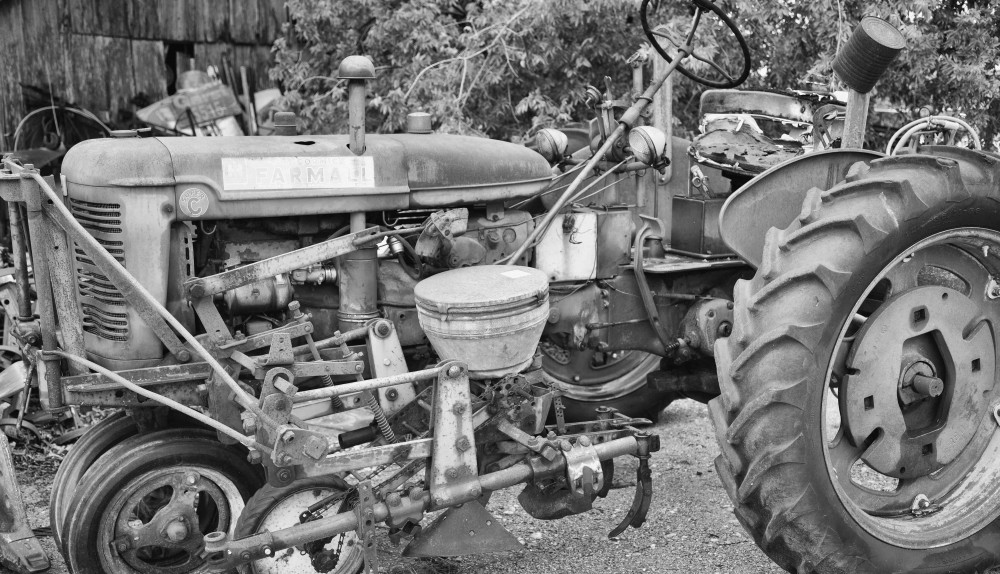The Sound of Music, the 1965 Oscar-winning Best Picture, was given an average rating of 9.57 by the EthnoFamlyMovieOgraphy (EFMO) viewing audience. Only two other films of the first 38 Best Pictures received higher after-viewing ratings: Ben Hur (1960) at 9.77 and Gone With the Wind (1939) with a 9.63 rating. With the previous year’s winner, My Fair Lady (1964) at 9.43, we have the highest average rating (9.29) for two consecutive films in the first 38 years of the Academy’s history. My Fair Lady (1964) and The Sound of Music (1965) represent the best two-picture run to date.
The question is: “Are we on a roll and will the string continue?”
For 1966, A Man for All Seasons was voted Best Picture. In this award-winning film (six Oscars), Paul Scofield received the Best Actor statuette for his portrayal of Sir Thomas More, the bright and balanced Lord Chancellor of England, who lost his head over the boisterous and unbalanced dalliances of King Henry VIII. The summary sentence derived from the EFMO comments follows:
“Everyone liked Paul Scofield’s acting in presenting Thomas More as a loyal family man of values, faith, principles and conviction; many disliked the bad guys (Henry VIII, Thomas Cromwell and Richard Rich), and while some quibbled with historical inaccuracies in the script and were curt with the lack of plot developing the relationship between More and the King, these ‘dislike’ comments largely supported an appreciation of the effective acting portrayals of these convincingly dispicable characters; so that overall the virtuous and villainous themes of the show are viewed as trumped in the comments by an appreciation of the truly outstanding acting of Scofield and the supporting actors and actresses — good and bad.”
The one word for the film was: “acting.” The acting is superb. The film achieved an 8.87 EFMO rating, placing it in the #11 slot of the 39 Best Pictures to this point. This very respectable performance was enough to make My Fair Lady, The Sound of Music and A Man for All Seasons, the most highly rated three-picture run to date.
Can the string continue?
For 1967, the OSCAR for Best Picture was presented to In the Heat of the Night. In this show, a murder occurs in a small Southern town. A black police detective from Philadelphia is enlisted by the small-town white sheriff to sift through the prejudices and identify the killer. The EFMO sentence for the film is:
“Another very well acted Best Picture with the relationship portrayed between the white Southern Sheriff (Rod Steiger) and the black Northern Detective (Sidney Poitier) being the big “like’ of the show, while some disliked and reflected on the prejudicial treatment of blacks then and today.”
The one word was “relationship.” In a troubled time, this was an encouraging story of an unlikely and appreciated friendship. The film received an EFMO audience rating at 8.33, placing it at #21 of the first 40 Best Pictures. In combination with the three prior films, this average rating was high enough to continue the overall string. My Fair Lady, The Sound of Music, A Man for All Seasons, and now In the Heat of the Night represent the best four-picture run in the first 40 years of the Best Pictures.
Can we hope to extend this streak for one more show?
Of the films of 1968, Oliver had the temerity to step out, ask for and receive the Best Picture Oscar. Thrown from his bleak orphanage home, the innocent Oliver sings his way through the misguided teachings of the miserly Fagin and the monstrous traps of dangerous Bill Sikes to find, with the help of kind Nancy, relatives and friends in a bright new home on street filled with music. All of which merited the following summary sentence:
“Another well received, almost operatic, musical — the songs, lyrics, dancing and sets were generally appreciated; most hated the bad guys (Fagin and Bill Sikes, especially), loved the good guys (Oliver and Nancy) and commented favorably on the acting (except for Bill Sikes – terrible actor); there was love, gumption and redemption in the presence of child abuse, criminal meanness and difficult-to-watch suffering (hard-to-view matters that may have contributed to the lower rating of the show); all of this was captured in an oddly suspenseful and entertaining film set in a very bleak time period, indeed — which makes the selection of a single word for the movie a challenging undertaking.”
Yes, what word for Oliver? “Gumption” of course, for it took courage, drive and action for Oliver to fight back to the right side of town. A delightful musical but with some difficult trappings, the film garnered a rating of of 7.79, placing it at #27 of the first 41 Best Pictures. Yet, overall, with the last four pictures, we do have the best five-picture run to date in Best Picture history.
My Fair Lady, The Sound of Music, A Man for All Seasons, In the Heat of the Night, and Oliver represent, in their combined average, the five most highly rated EFMO films to occur in a row — 1964, 1965, 1966, 1967 and 1968. In the first 41 years of the Best Pictures, this five-year run presents the very best viewing.
Will this string continue to 1969?
How will the ’60’s end?
Be here to see.
Soon.
Grandpa Jim
